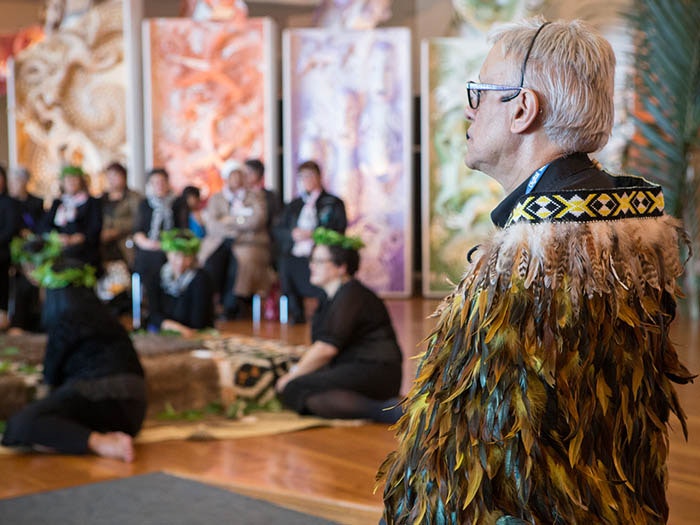
The Karanga Aotearoa Repatriation Programme
Find out how the programme came into existence, how negotiations for repatriation are carried out, and what happens when the Māori and Moriori ancestral remains arrive at Te Papa.
Free museum entry for New Zealanders and people living in New Zealand
Open every day 10am-6pm
(except Christmas Day)
Free museum entry for New Zealanders and people living in New Zealand
Tukuna mai he kapunga oneone ki au hei tangi
Send me a handful of soil that I may feel the comfort of my ancestors, and weep
At the heart of Karanga Aotearoa is a commitment to bringing tīpuna and karāpuna home. Our dedicated team works alongside museums, institutions, and communities to guide the repatriation process with manaakitanga,tikanga Māoriand tikane Moriori at its core. Through collaborative efforts, wānangaand research, we support Māori and Moriori in reconnecting with their ancestors, ensuring every return restores connections and fulfils the responsibility of bringing them home.

Find out how the programme came into existence, how negotiations for repatriation are carried out, and what happens when the Māori and Moriori ancestral remains arrive at Te Papa.
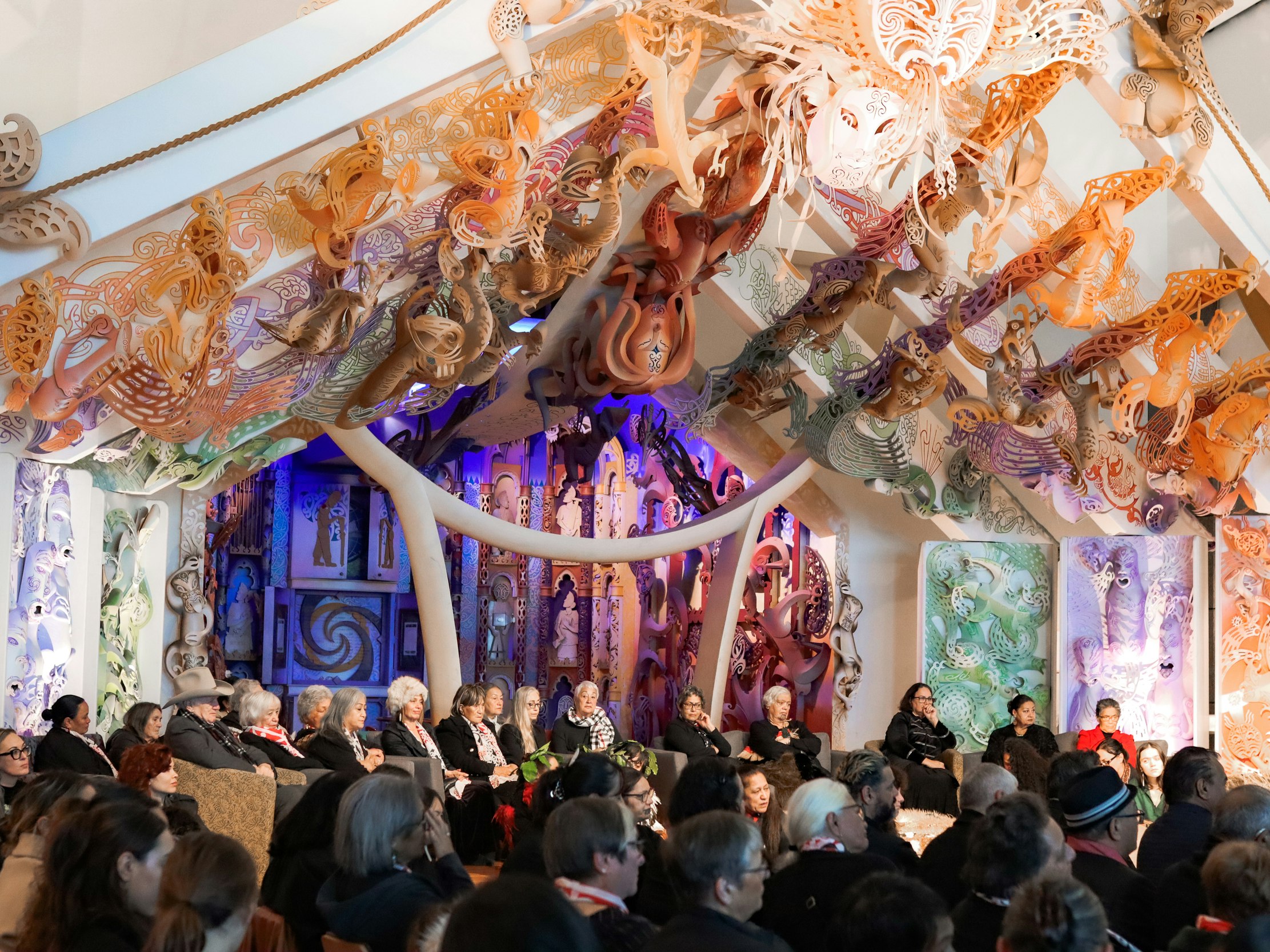
Learn about the people behind the Karanga Aotearoa repatriation programme.
![[Detail] North Island Brown Kiwi, Apteryx mantelli, collected Wanganui, New Zealand. Purchased 1939. CC BY-NC-ND licence. Te Papa (OR.002428) [Detail] North Island Brown Kiwi, Apteryx mantelli, collected Wanganui, New Zealand. Purchased 1939. CC BY-NC-ND licence. Te Papa (OR.002428)](/assets/76067/1692741954-repatriation-advisory-or-002428_tile.jpg?ar=1.3333333333&fit=crop&auto=format)
Read about the respected Māori and Moriori representatives who advise our repatriation programme.
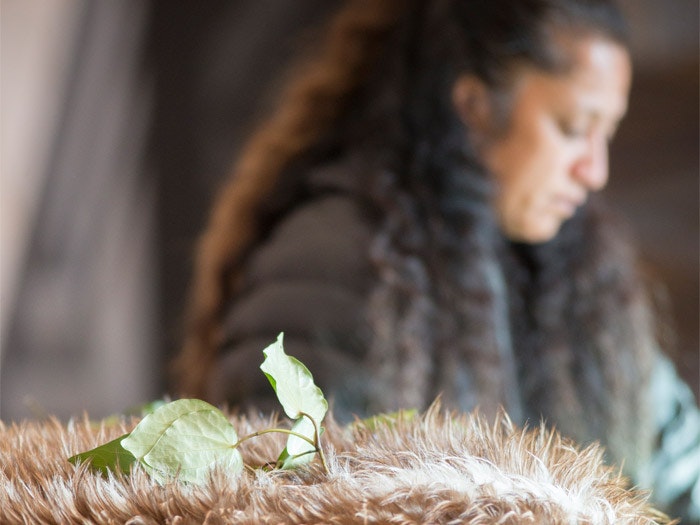
Te Papa has returned close to 850 Māori and Moriori ancestors to Aotearoa New Zealand by repatriating ancestral remains, including Toi moko, from around the world.
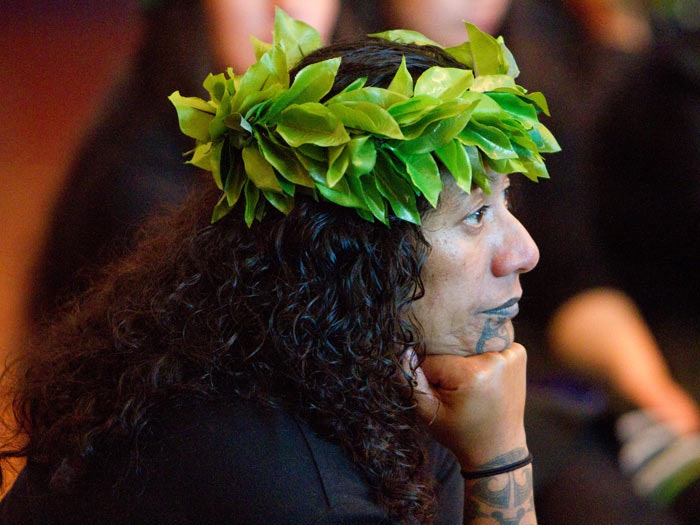
Returning Māori and Moriori ancestral remains to iwi (tribes) Māori and imi Moriori across Aotearoa New Zealand and Rēkohu Chatham Islands.
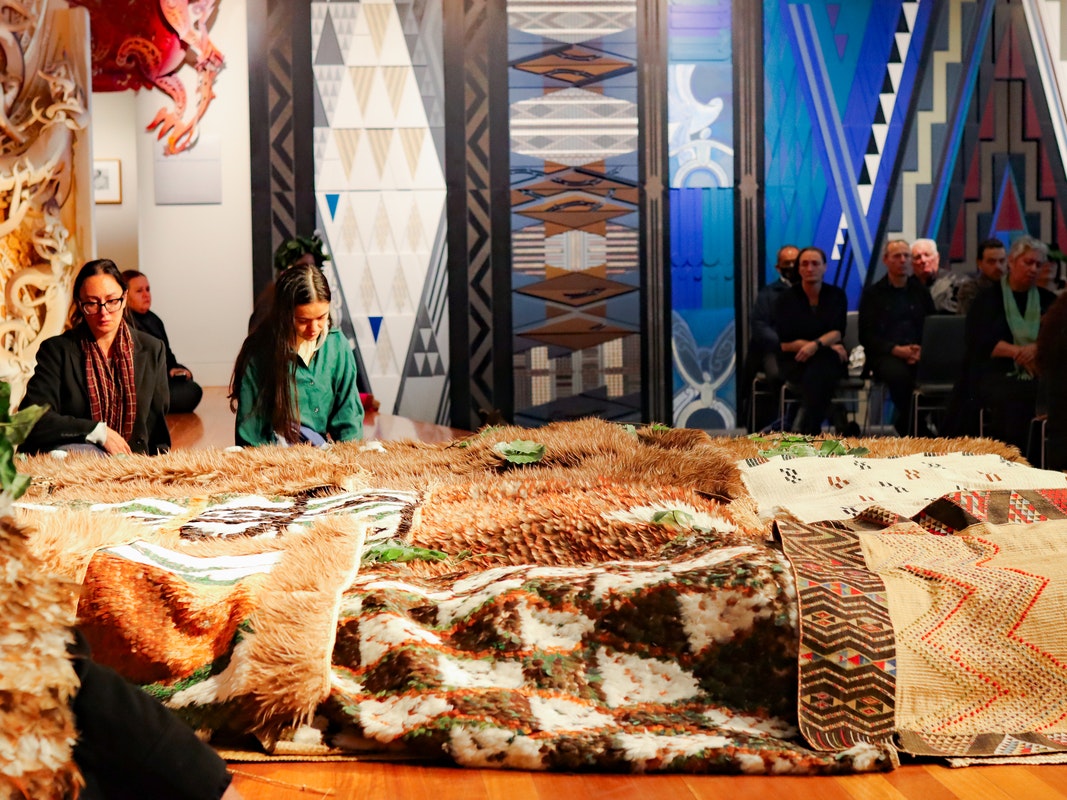
Find out what happens to the Toi moko (preserved Māori tattooed heads), kōiwi tangata (Māori skeletal remains), and kōimi tangata/kōimi tchakat before, during, and after their time at Te Papa.
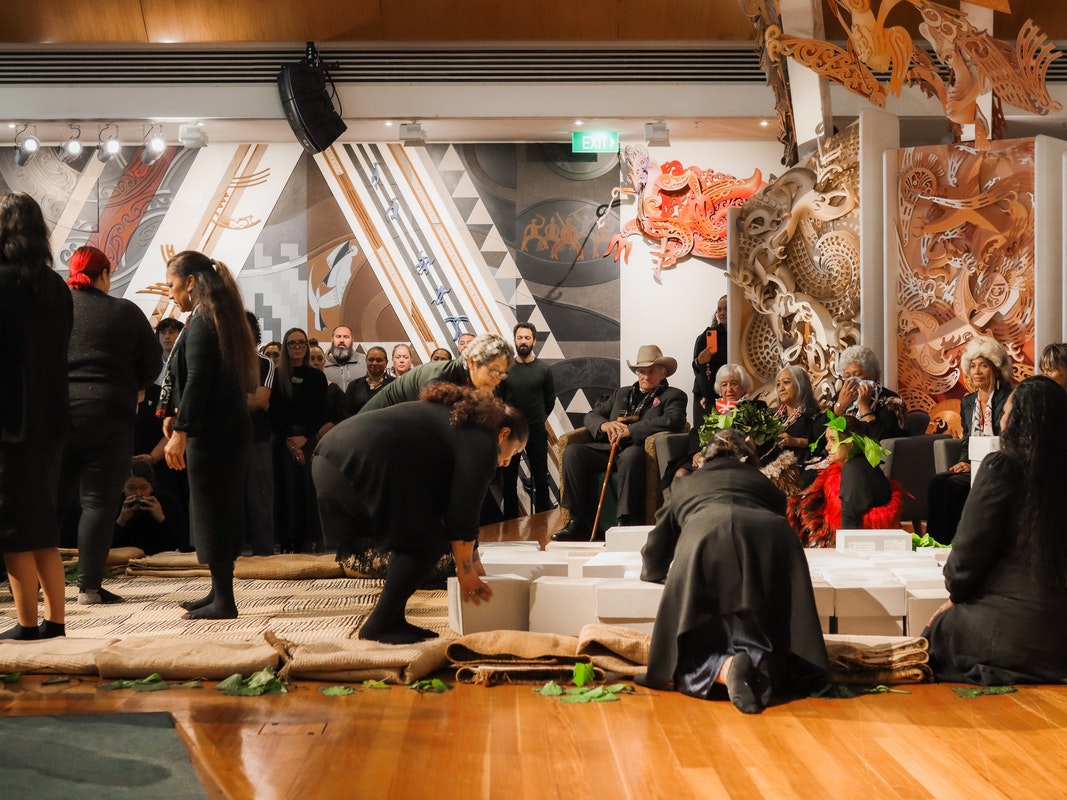
Find information on the process of returning kōiwi tangata, kōimi tchakat and Toi moko to their whānau, hapū, iwi/imi or rohe/takiwā.
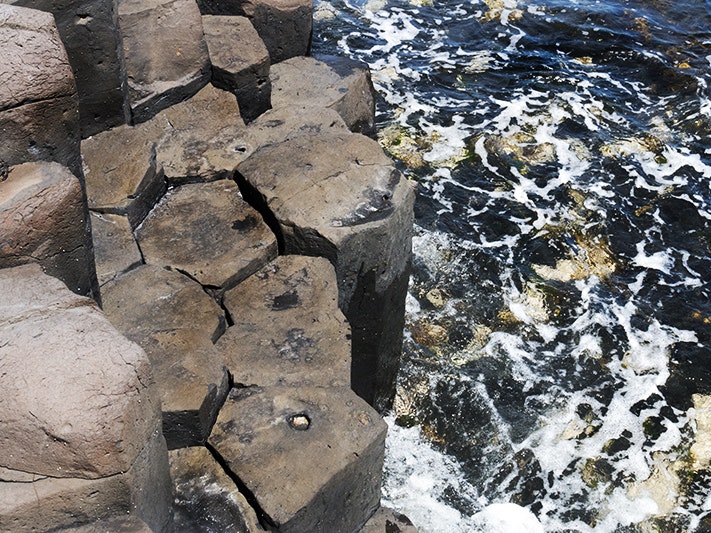
Since the early 19th century, the illicit collection and trade of kōimi tangata/kōimi tchakat (Moriori skeletal remains) saw the remains of hundreds of Moriori karāpuna (Moriori ancestors) stolen from sacred burial sites and held in collections, both abroad and within Aotearoa New Zealand.
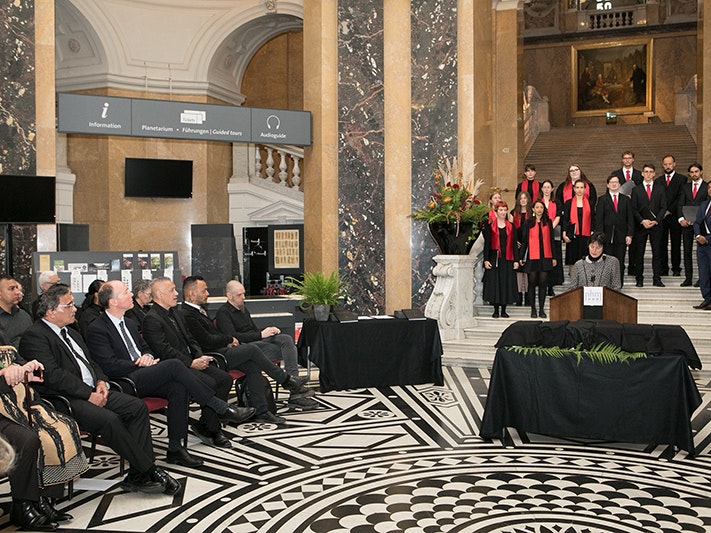
Prof. Dr Eggers presents a background to the various collectors and expeditions involved in the illicit collection and trade of tūpuna and karāpuna and their difficult and long-awaited journey home. This kōrero follows the recent and significant return of kōiwi tangata and kōimi tangata/kōimi tchakat from Austria to Aotearoa New Zealand.
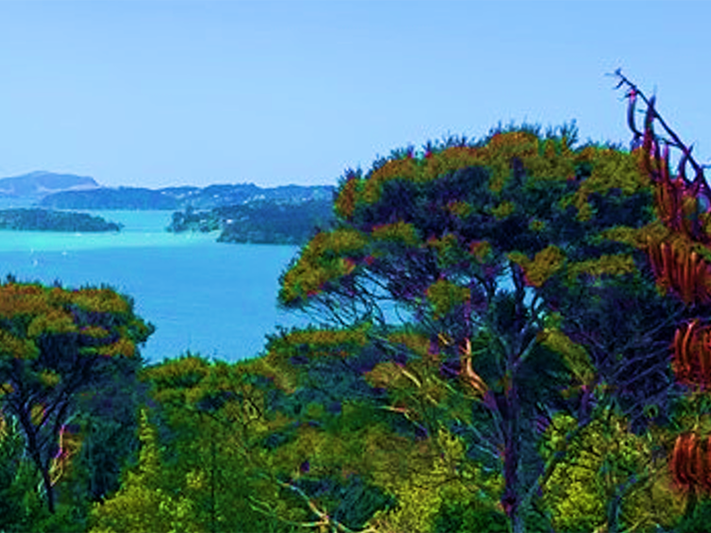
Watch an online presentation from Übersee-Museum Bremen, Germany and Te Papa discuss themes of cultural treasures and ancestral remains from Oceania in Germany, their history of collection and trade, contemporary care in museum collections, and pathways to re-connection of these taonga (treasures) and tūpuna/karāpuna (ancestors) to their communities of origin.